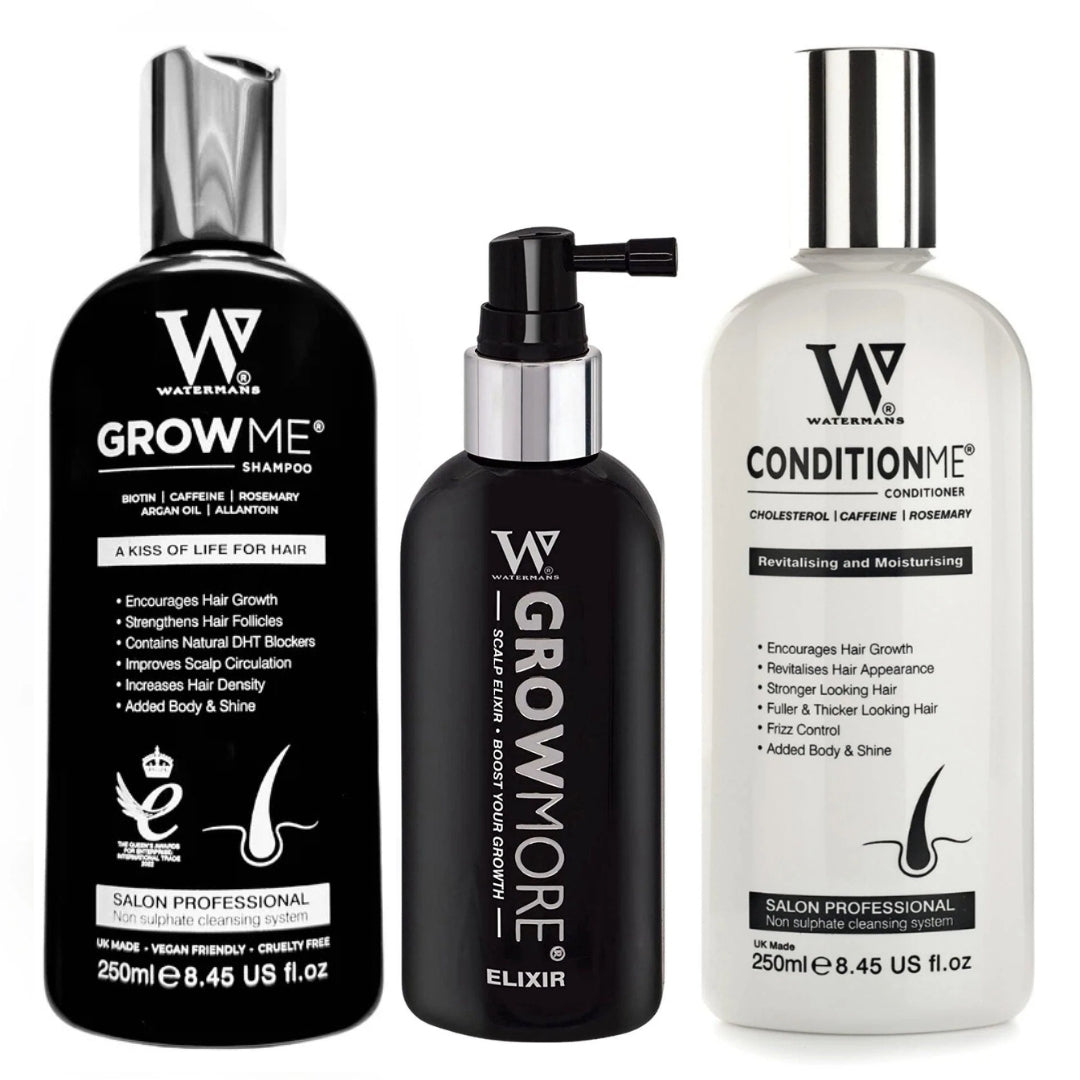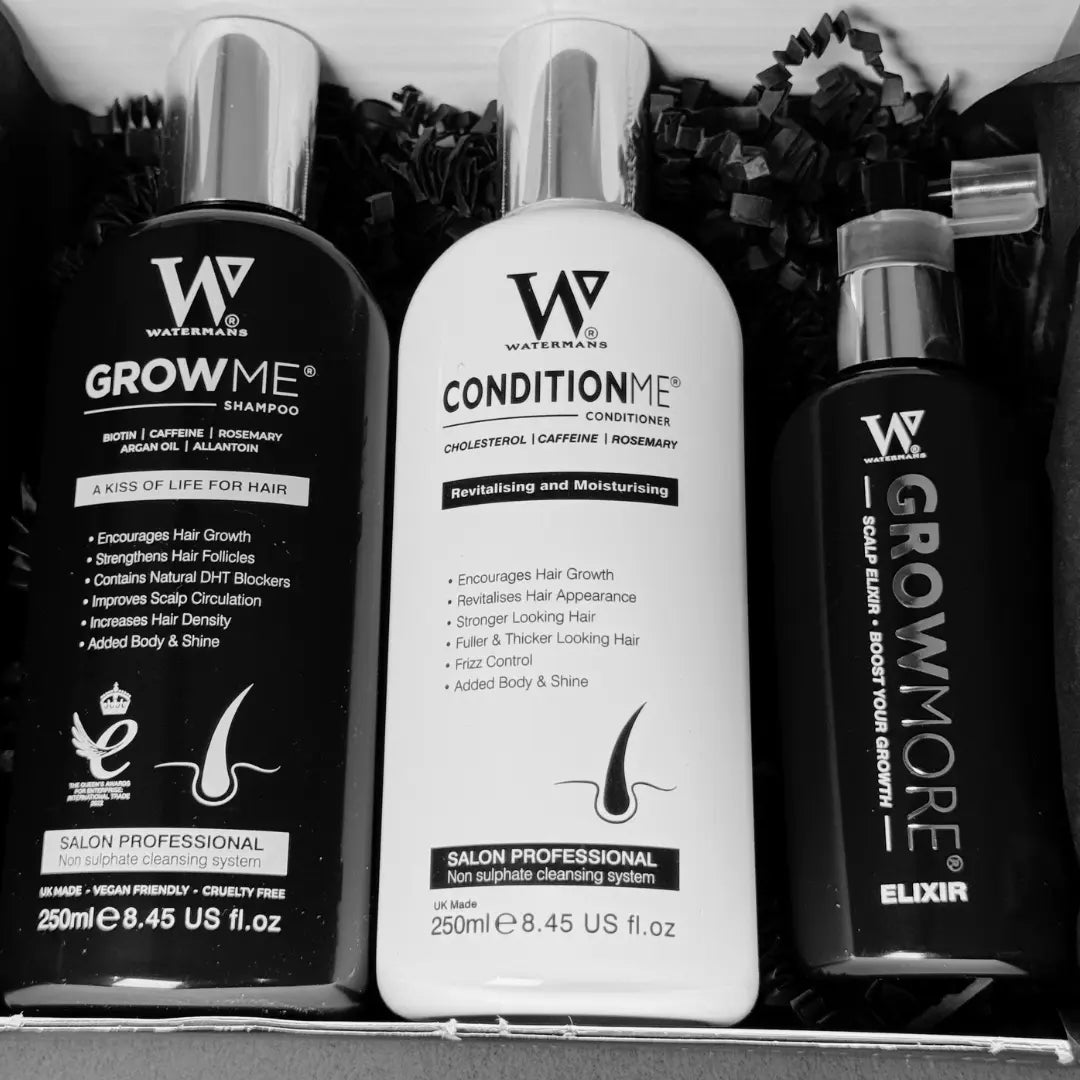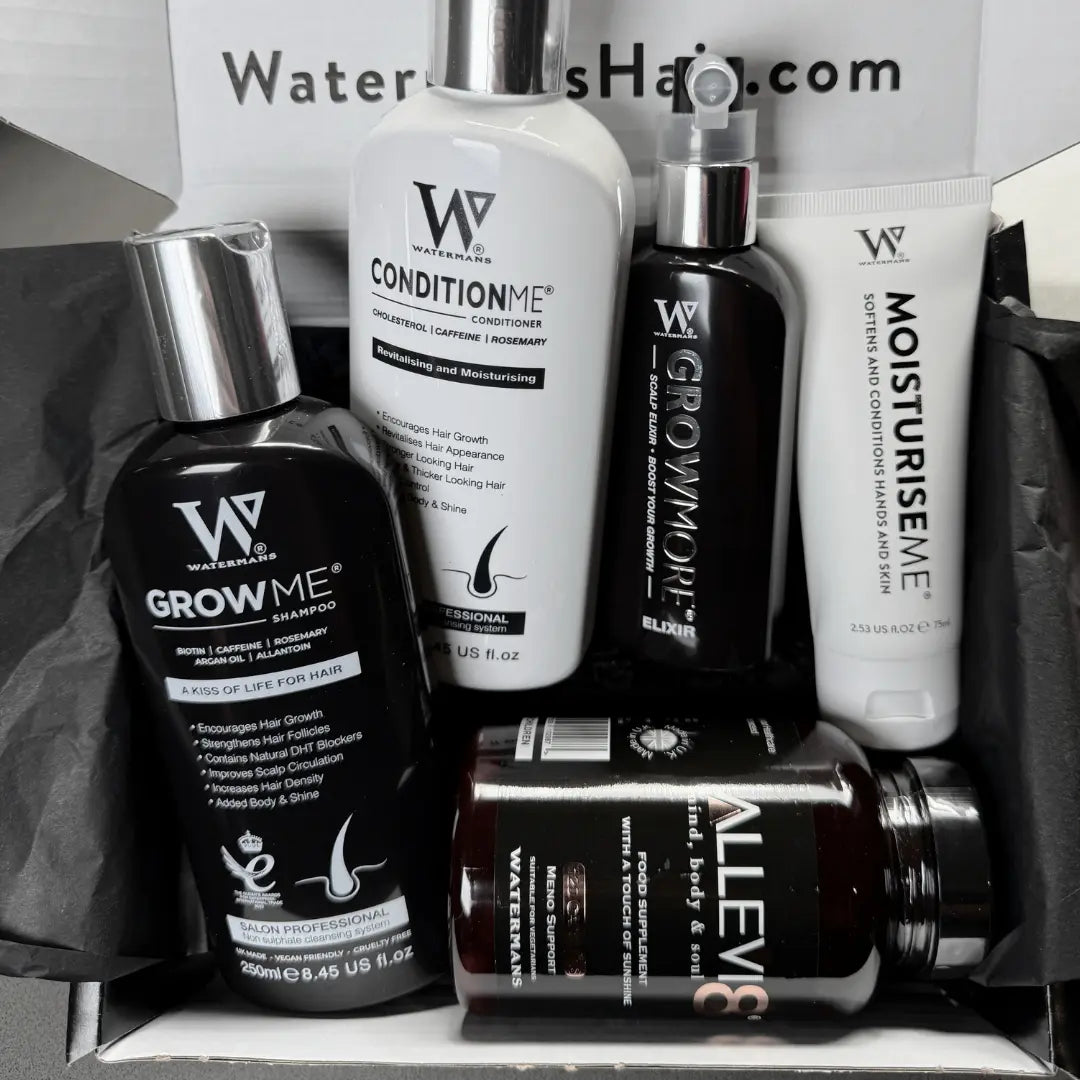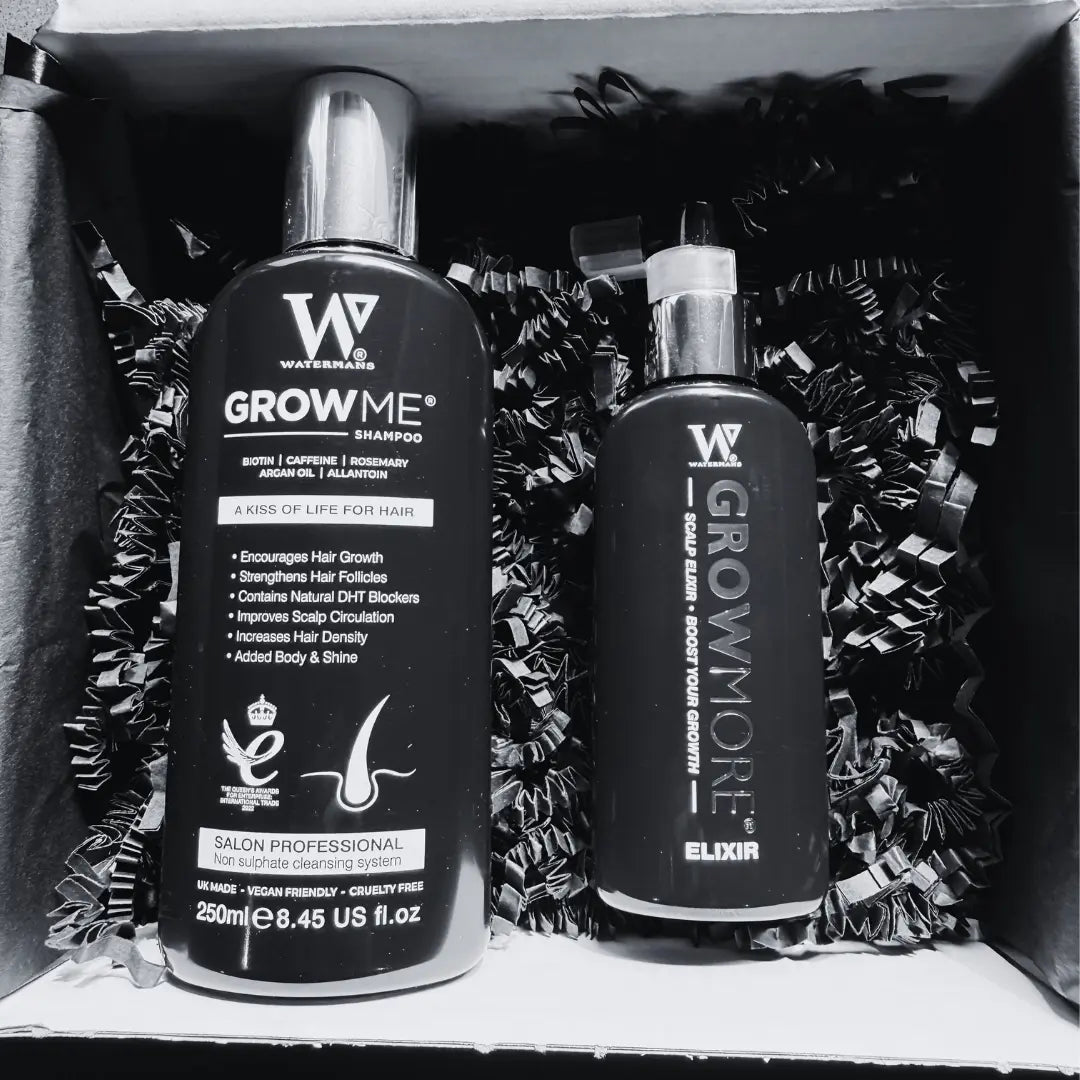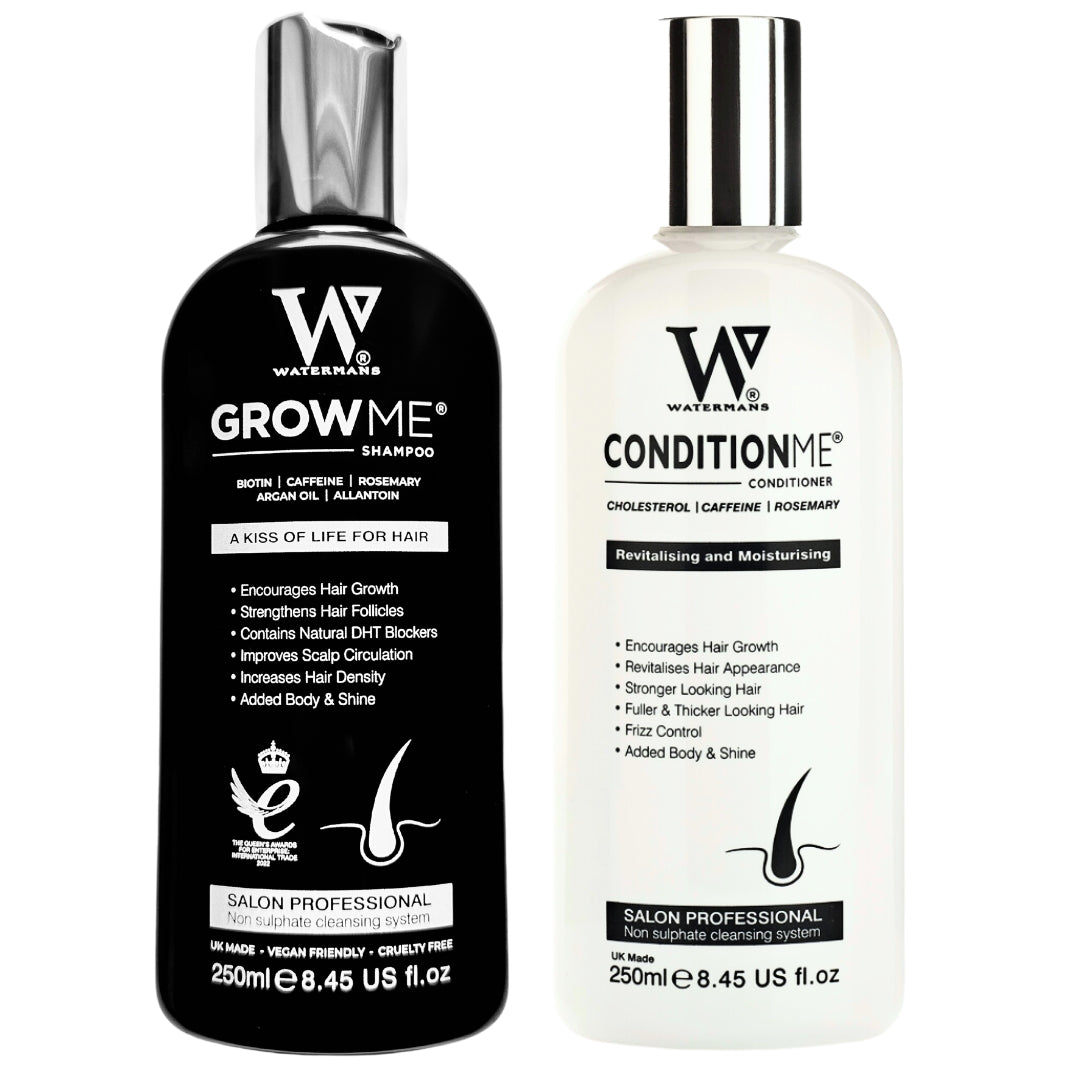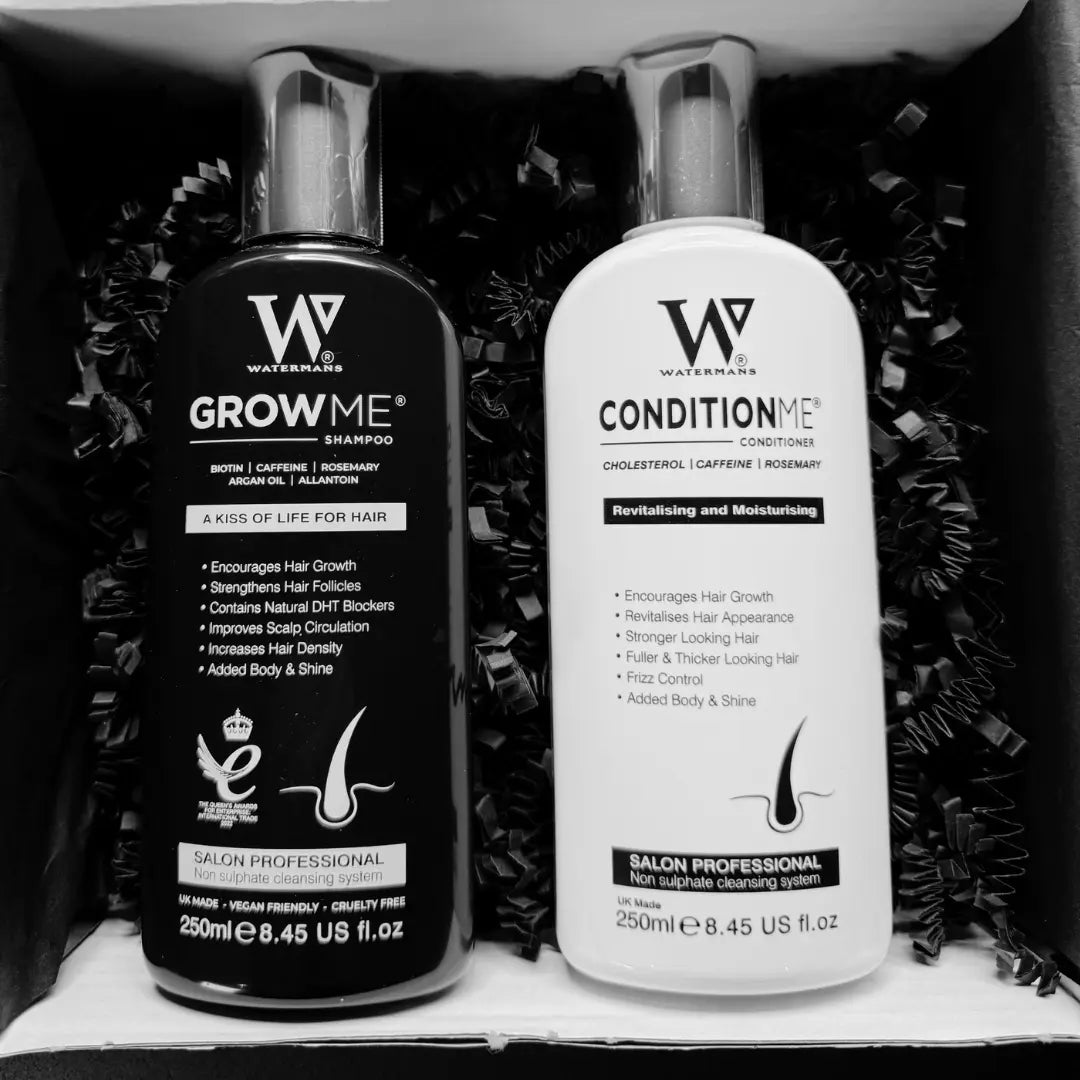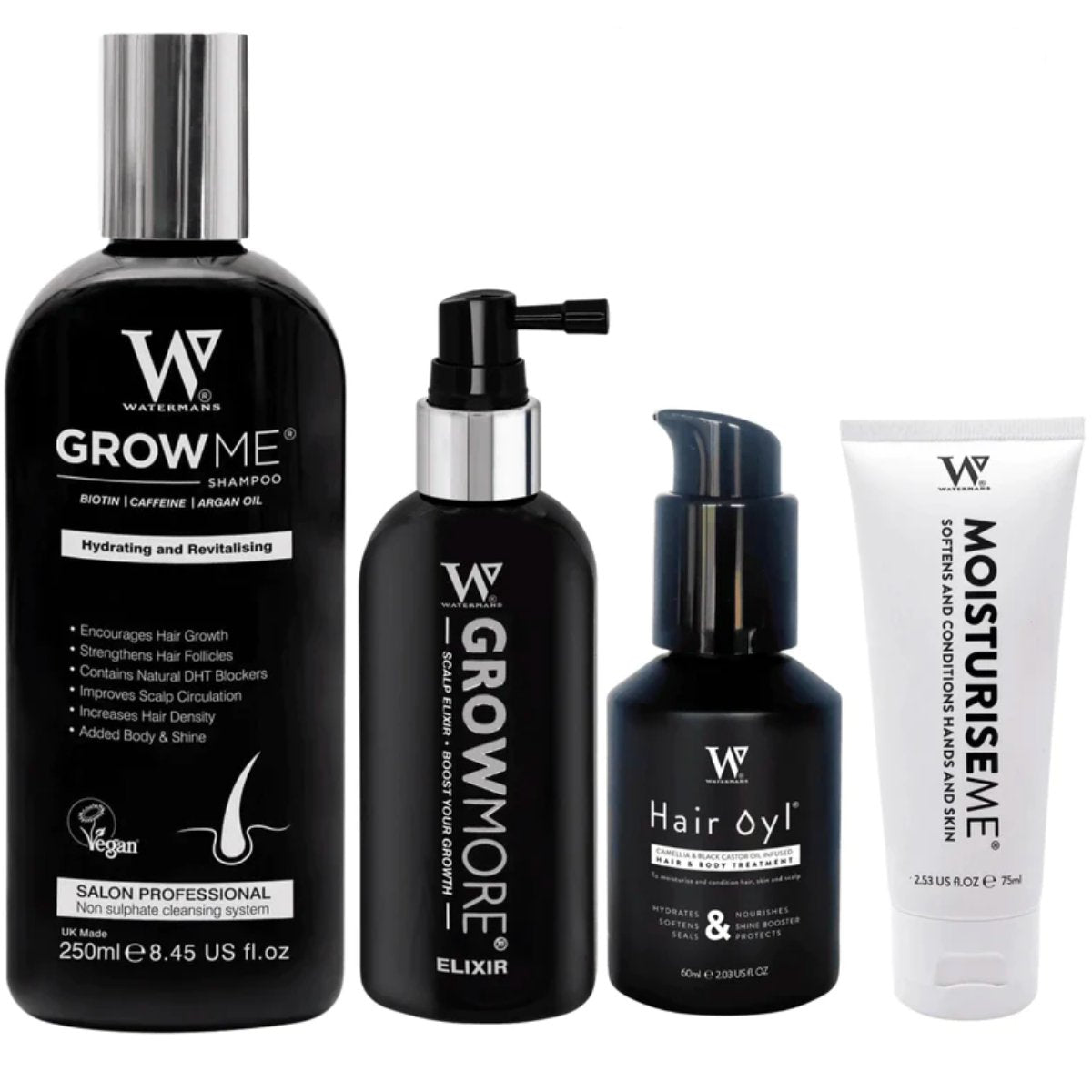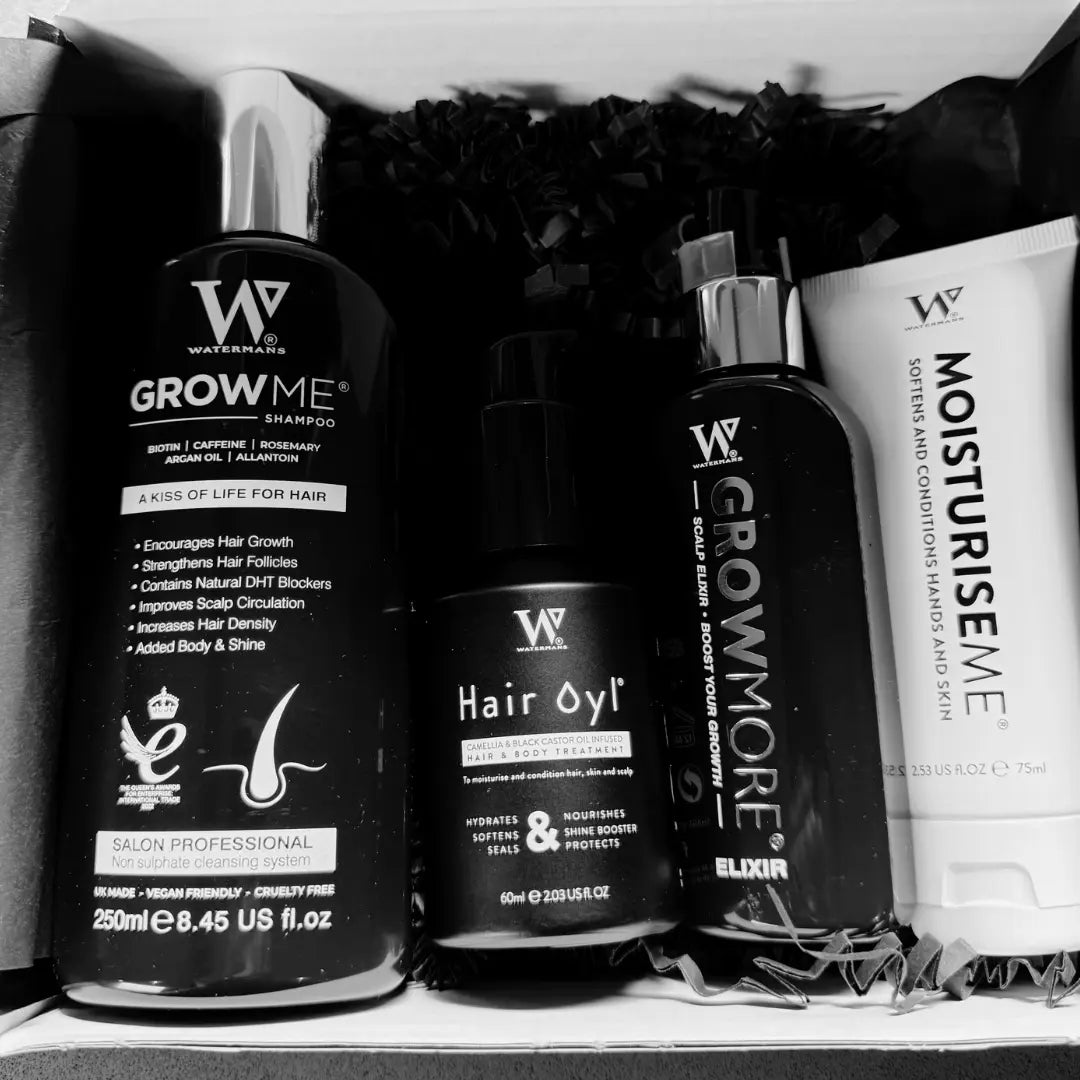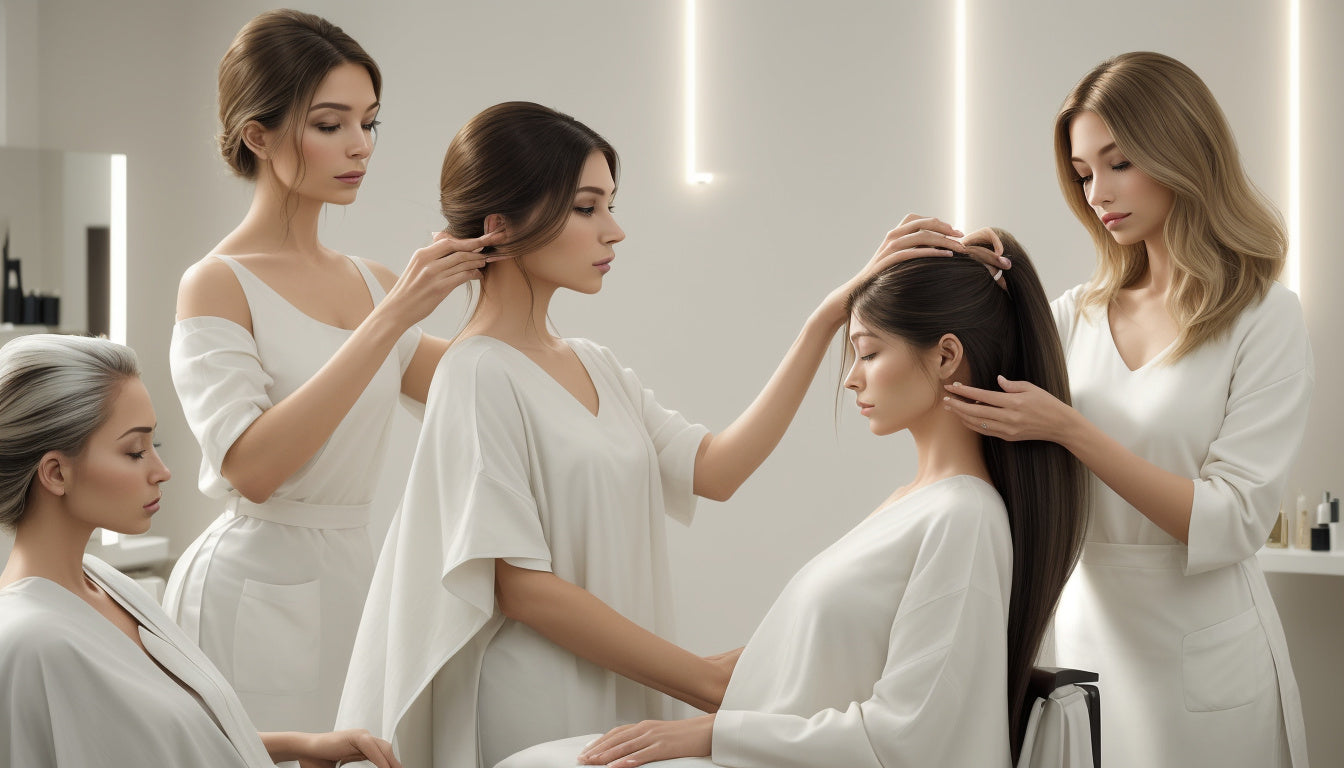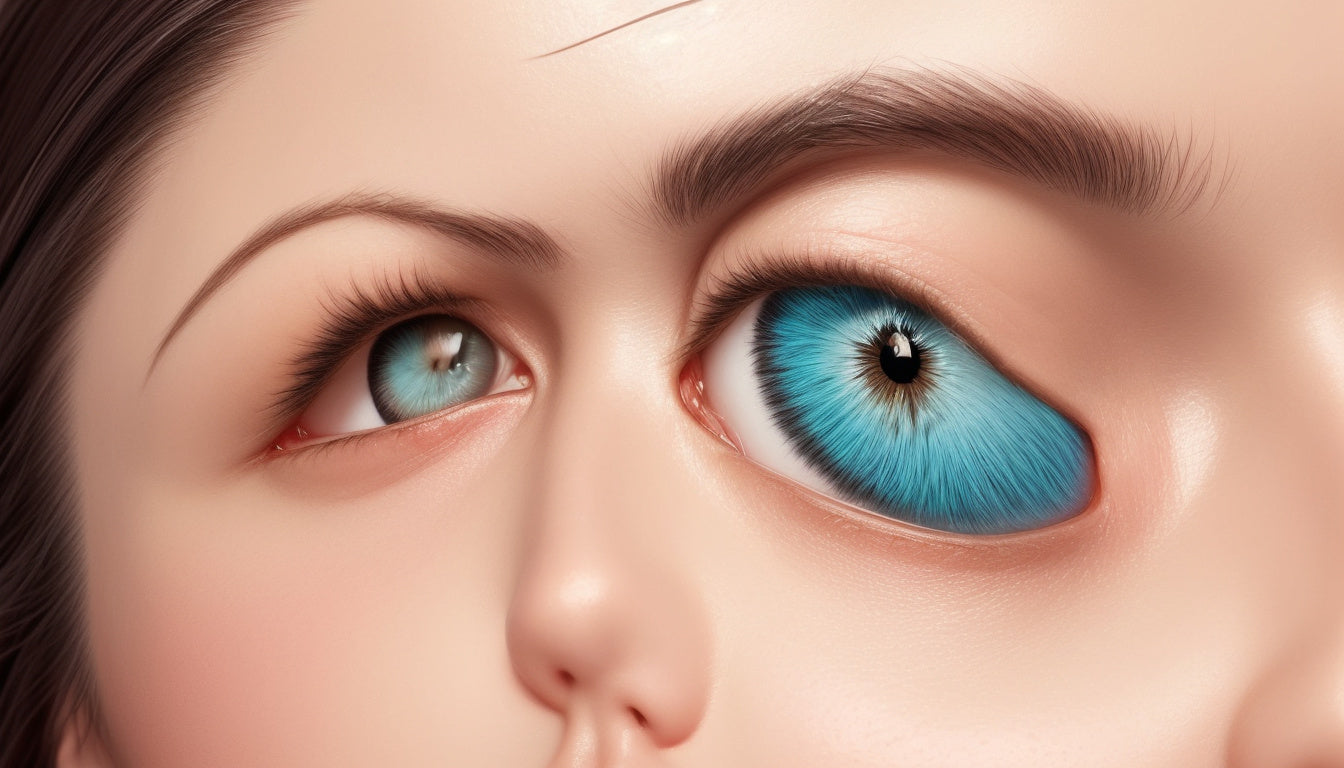
Hormone-Induced Hair Thinning: Causes, Symptoms, and Effective Treatments
Page Title: Hormone-Induced Hair Thinning: Causes, Symptoms & Treatments You Need
URL Handle: hormone-induced-hair-thinning-causes-symptoms-treatments
Hair thinning feels hard. Hormones disturb the growth of hair. Many face this issue. We help you see the causes, signs, and simple fixes. This article shows how hormones affect hair. You learn ways to build thicker hair. Ready to know more and try natural methods for stronger hair? Read on!
What Is Hormone-Induced Hair Thinning?
Hair thinning happens when hormone changes stop hair from growing well. Hormones like estrogen, testosterone, and thyroid ones guide hair growth. When they shift because of age, stress, or health issues, the hair weakens. Men and women face this change. The change is often fixable if you catch it early.
Causes of Hormone-Induced Hair Thinning
Hormone changes trigger hair thinning. The causes include:
1. Androgen Hormones (Testosterone and DHT)
Androgens are strong hormones in all people. Too much dihydrotestosterone (DHT) makes hair roots small. This shrinkage leads to thinner hair. This condition may show as pattern baldness.
2. Estrogen Fluctuations
Estrogen keeps hair in its growing phase. During pregnancy, high levels can make hair look thick. A drop in estrogen, as after birth or during menopause, may lead to more hair loss.
3. Thyroid Hormone Imbalance
Both low and high thyroid function can harm hair growth. Low thyroid may cause dry, brittle hair. High thyroid may also speed up hair loss.
4. Stress and Cortisol
Stress makes the body release cortisol. Cortisol pushes hair roots into a pause. This pause shows as hair thinning after a few months.
5. Other Hormonal Conditions
Health issues like polycystic ovary syndrome (PCOS) or menopause change hormone levels. These shifts can lead to thinning on the scalp.
Common Symptoms of Hormone-Induced Hair Thinning
Watch for these signs:
- Hair thins gradually at the top or sides of the head.
- Loss appears along the hairline or part.
- More hair falls out when you brush or wash.
- Hair feels soft or weak.
- The texture or volume seems to change.
Notice these signs along with tiredness or mood shifts? It may help to speak with a doctor.
Effective Treatments for Hormone-Induced Hair Thinning
Fixing hormone-related hair loss needs several steps. Each step helps repair the hair and the scalp.
1. Restore Hormone Balance
• Speak with a doctor. A blood test finds changes in hormones like thyroid, androgens, or estrogen.
• Sometimes, medicines or hormone treatments help fix the imbalance.
2. Add Natural Hair Growth Boosters
A natural way to boost hair starts with the right shampoo. Many turn to Watermans Grow Me Shampoo. This shampoo holds biotin, rosemary, caffeine, niacinamide, argan oil, allantoin, and lupin protein. Each ingredient works with its neighbor. They wake up the scalp, firm the hair roots, and raise hair volume from the start.

Using Watermans Grow Me Shampoo often can build fuller hair. See how it works here: Watermans Grow Me Shampoo.
3. Pursue a Healthy Lifestyle
• Eat balanced meals with vitamins and minerals.
• Keep stress low with rest or exercise.
• Skip harsh hair treatments and tight hairdos.
4. Try Medical Treatments and Supplements
Depending on your case, you might add:
• Topical minoxidil that helps grow hair.
• Pills that adjust the hormone balance.
• Supplements like biotin, iron, and vitamin D to feed your hair.
How Watermans Grow Me Shampoo Supports Hormone-Induced Hair Thinning
Watermans Grow Me Shampoo targets thinning hair linked to hormones. Each component helps:
• Biotin builds keratin and strengthens hair.
• Rosemary makes the blood move well across the scalp.
• Caffeine works against DHT and wakes hair roots.
• Niacinamide soothes and keeps the scalp moist.
• Argan oil feeds the hair and adds shine.
• Allantoin calms and protects the scalp.
• Lupin protein builds a strong hair structure.
These elements act together. They lift hair health from the top of the head to the hair roots.
Hair Care Tips for Managing Hormone-Induced Hair Thinning
Simple care steps help your hair grow:
- Wash with a gentle, sulfate-free shampoo like Watermans Grow Me Shampoo.
- Do not wash too often to keep natural oils.
- Limit heat styling and chemical treatments.
- Gently massage your scalp to move blood.
- Use wide-tooth combs to cut breakage.
- Shield hair from harsh sun rays.
FAQs About Hormone-Induced Hair Thinning
Q1: Can hormone-induced hair thinning be fixed?
Yes, the hair can grow back if you fix the hormone imbalance soon. A natural shampoo like Watermans Grow Me Shampoo can help support hair health.
Q2: How long does it take to see a change?
Each person is different, but many see change in 8 to 12 weeks with steady care and a proper shampoo.
Q3: Is this hair thinning the same as pattern baldness?
The hair loss here comes from hormone changes. Pattern baldness comes mostly from genetic factors that raise DHT sensitivity.
Boost Your Hair Growth Journey Today
If you struggle with hair thinning from hormone shifts, start with good care. Try the natural way with Watermans Grow Me Shampoo for stronger hair. This shampoo blends biotin, rosemary, caffeine, and more to support hair at the root.
For a complete care routine, check the Watermans Hair Survival Kit. It holds products designed to protect and rebuild your hair.
Visit Watermans Hair to see the full collection. Start your path to stronger hair today!


